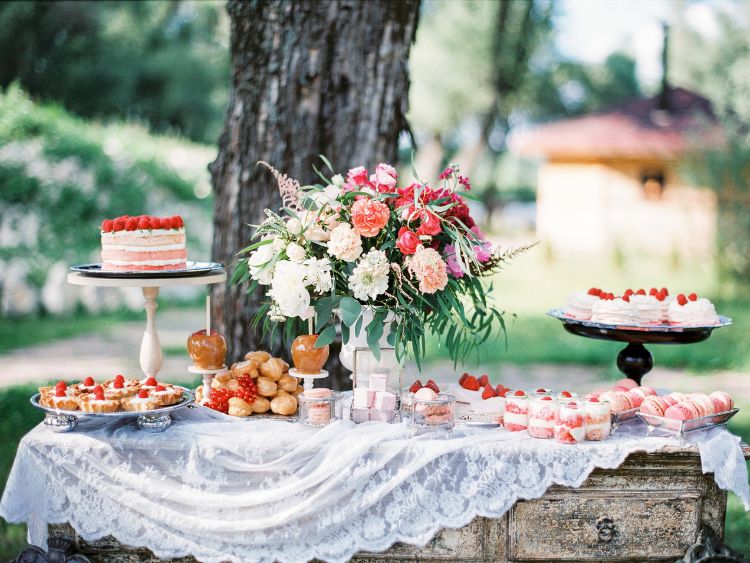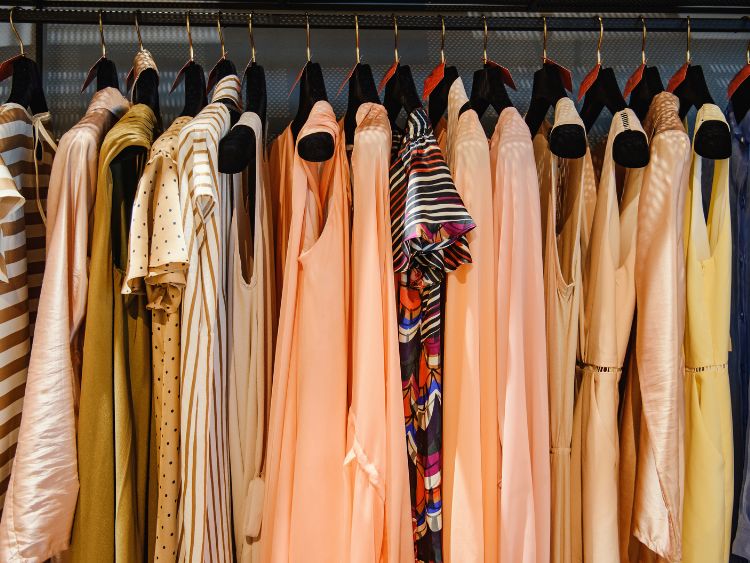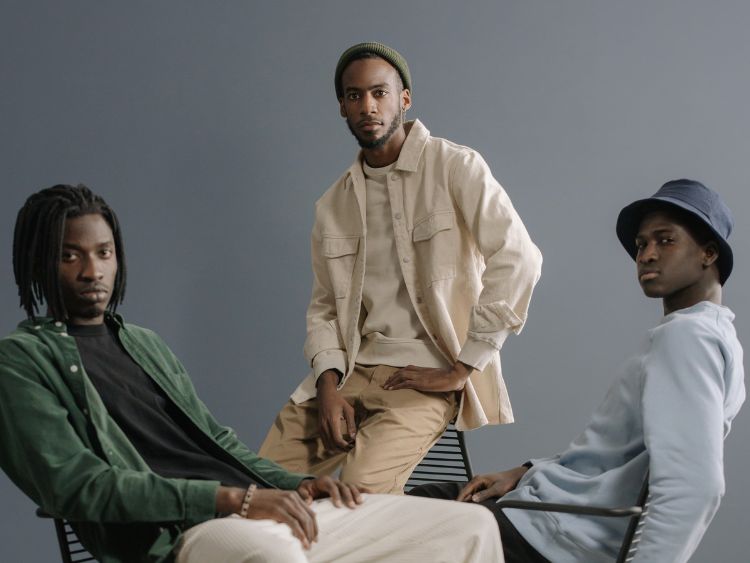What’s the Deal with Semi-Formal vs Formal?
Picture this: You’ve just received an invite to a party or work event, and the dress code says “semi-formal” or maybe even “formal.” But hold on—what exactly does that mean? Is it time to pull out your fanciest ball gown or tux, or is a cocktail dress more appropriate? If you’ve ever been stumped by the difference between semi-formal vs formal attire, you’re not alone.
In this guide, we’ll clear up the confusion once and for all. By the end, you’ll not only understand the difference between semi-formal and formal attire, but you’ll also feel confident about what to wear the next time you get one of those ambiguous invitations.
What Is Semi-Formal Attire?
Let’s kick things off with the less intimidating option: semi-formal attire. While it sounds fancy, it’s actually more relaxed than you might think. The idea is to look polished without going overboard.
For Men:
- Suits: A suit is a good go-to. Stick to neutral colors like navy, gray, or black.
- Shirts: A button-down shirt is essential, preferably with a tie. Bow ties? Optional.
- Shoes: Leather dress shoes, polished and clean, are your best bet.
For Women:
- Dresses: Think cocktail dresses that fall to knee-length or just below. Nothing too extravagant—save that for formal.
- Skirts and Blouses: A dressy skirt paired with a blouse can also work wonders.
- Shoes: Heels or dressy flats are appropriate, but make sure they complement the outfit.
What Is Formal Attire?
When we talk about formal attire, think of events like weddings, galas, or anything where you’re likely to see a red carpet (literally or metaphorically). The key here is elegance and sophistication.
For Men:
- Tuxedos: This is your go-to for formal wear. Black or midnight blue are the traditional colors.
- Shirts: A crisp white dress shirt is non-negotiable.
- Shoes: Glossy patent leather shoes or highly polished leather oxfords are essential.
For Women:
- Gowns: Full-length gowns are expected. Think elegant fabrics like silk or satin.
- Dressy Heels: Choose a pair that complements the gown but doesn’t overshadow it.
- Accessories: This is where you can show off some sparkle, but be careful not to overdo it. Less is more!
Semi-Formal vs Formal: Key Differences
Now that we’ve covered what each dress code entails, let’s break down the differences between semi-formal vs formal attire.
- The Level of Formality:
- Semi-formal lets you have a bit more freedom. While you still need to look polished, the vibe is less “black-tie event” and more “fancy night out.”
- Formal, on the other hand, means you’re expected to go all out. The tux, the gown, the polished shoes—it’s all about making a statement.
- Colors and Patterns:
- Semi-formal gives you more leeway with colors and patterns. You can experiment with different shades, especially for daytime events.
- Formal is all about sticking to classic, darker colors like black, navy, or jewel tones. Patterns? Not so much.
- Accessories:
- For semi-formal, keep it simple with minimal jewelry and accessories.
- Formal attire encourages more elegance, so feel free to wear a statement necklace or a classy pair of cufflinks, but again, balance is key.
When to Wear Semi-Formal vs Formal Attire
Okay, so now you know the basic differences. But when should you go semi-formal, and when does formal attire come into play? Let’s break it down.
Semi-Formal Occasions:
- Cocktail Parties: Perfect for a sleek cocktail dress or a smart suit.
- Weddings: Many weddings nowadays call for semi-formal attire, especially for evening receptions.
- Dinner Parties: If it’s a bit fancier than your usual gathering but not a black-tie event, semi-formal is your answer.
Formal Occasions:
- Black-Tie Events: This one’s a no-brainer. If the invite says “black-tie,” that means tuxedos and gowns are a must.
- Galas or Balls: Here’s where you pull out all the stops. Think elegance, sophistication, and timeless pieces.
- Weddings: If it’s a high-end or evening wedding, formalwear is typically expected.
Semi-Formal vs Formal: The Do’s and Don’ts
Now that you’ve got a good grasp on the basics, here’s a quick cheat sheet to keep you on track.
Do’s for Semi-Formal:
- Do choose a stylish yet comfortable outfit.
- Do accessorize, but keep it minimal.
- Do consider the time of the event. Lighter colors work better during the day, while darker shades are ideal for the evening.
Don’ts for Semi-Formal:
- Don’t wear jeans or anything too casual.
- Don’t overdress—save the glitz for formal events.
Do’s for Formal:
- Do invest in a well-tailored tux or gown.
- Do keep your accessories elegant and refined.
- Do stick to neutral and classic colors.
Don’ts for Formal:
- Don’t try to go too bold with colors or patterns.
- Don’t underdress—this is not the time to be casual.
FAQs: Clearing Up the Confusion
1. Can I wear a cocktail dress to a formal event?
A cocktail dress is more appropriate for a semi-formal occasion. If the event is formal, it’s best to opt for a full-length gown.
2. Is a tuxedo always required for formal attire?
Yes, a tuxedo is generally expected for formal events, though a dark, well-tailored suit can sometimes work for less traditional formal gatherings.
3. Can I wear flats to a semi-formal event?
Yes, dressy flats can work for a semi-formal event, especially if they complement the outfit. However, heels are usually the go-to for women.
4. Are patterns acceptable in formal wear?
For men, patterns are generally avoided in formal wear. For women, a subtle pattern can work in some gowns, but it’s best to stick to solid, classic colors.
5. How do I know if an event is semi-formal or formal?
Check the invitation! If it says “black-tie,” that’s your cue to go formal. For anything less specific, it’s a good idea to ask the host or default to semi-formal.
Summary: Dressing for Success
Navigating the world of semi-formal vs formal attire doesn’t have to be complicated. The key is to understand the level of formality required and choose an outfit that strikes the right balance between style and sophistication. Semi-formal attire lets you have a bit more fun, while formalwear is all about timeless elegance.
Next time you get an invitation with either of these dress codes, you’ll know exactly what to wear—and trust me, you’ll look amazing.



